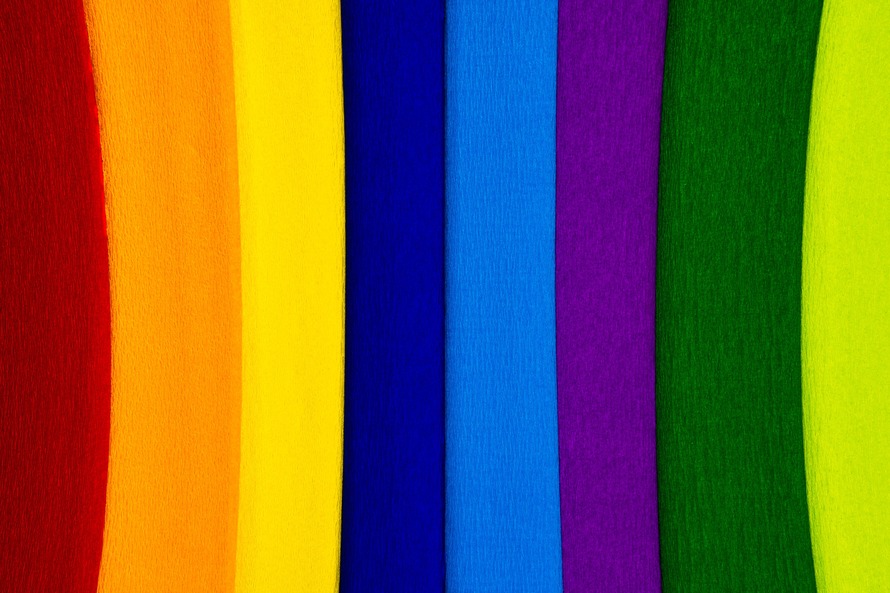RED
Red is powerful and dynamic, reflecting youth, boldness, and energy when used in a brand. Depending on the other visual elements of your brand, it can portray friendliness and strength or come across as aggressive. If you want to get attention quickly, red is your color. Companies that use red well: Virgin, Coca-Cola, Netflix
ORANGE
Orange comes across as friendly, cheerful, and confident when used in branding. Borrowing power and strength from red and optimism from yellow, orange is a great option for conveying comfort and warmth. Companies that use orange well: Nickelodeon, Amazon
YELLOW
People tend to associate yellow with optimism and happiness. It is the easiest color for the human eye to see and the first color that infants respond to. However, if you use too much yellow, it can convey anxiety and caution (think warning signs when you’re on the road). You’ll notice that most successful brands that use yellow use it along with another color to neutralize it just a little bit. Companies that use yellow well: Shell, Best Buy, Subway
GREEN
Green makes us think of peace, healthiness and positive growth (whether in plants or in wealth). It is a color of balance and harmony. If you want your customers to think of restfulness, peace, and a balance of logic and emotion, consider green in your logo. It has one of the most positive responses among the colors. Companies that use green well: Starbucks, Holiday Inn
BLUE
Blue is the most popular color according to personal tastes of both men and women. It evokes feelings of trust and dependability. Blue is reliable and responsible – we associate it with sensibility. When used the wrong way, it can be perceived as cold or unfriendly, because it is one of the last colors our eyes recognize, as opposed to yellow, which is the first color most people notice. If your focus is on building relationships based on trust, blue may be your perfect color. Companies that use blue well: Facebook, Frontier Title (of course!), AT&T
PURPLE
Purple gives us several different meanings, including creativity, wealth, and spirituality. Using red’s energy and blue’s dependability, purple conveys imagination and balance and mystery. Interestingly enough, purple is the color most likely to cause our minds to wander, so you may want to couple it with another color in your logo. Companies that use purple well: Hallmark, Aussie
PINK
Pink, being a softer and less intense version of red, reflects compassion, care, and understanding. Obviously, it has romantic and feminine notes as well, which complement that nurturing feeling. Where red stimulates, pink soothes. Too much pink can come across as submissive and immature, but can be coupled well with others to convey your message. Companies that use pink well: Susan G. Komen, Victoria's Secret
BROWN
Brown is high on the list of least favorite colors among both men and women. While it’s not very visually stimulating, it does reflect stability, sensibility and structure. The “boringness” of brown lends our minds to dependability and protection. It’s a serious color, so if you’re looking to give a feeling of being down-to-earth without coming across as bland, adding another color is a great idea. Companies that use brown well: UPS, J.P. Morgan
BLACK AND GRAY
Black is serious, disciplined and luxurious. It also reflects control and sophistication. It is a powerful color. If you want to be taken seriously, incorporate black into your branding. Companies that use black or gray well: Prada, Apple


